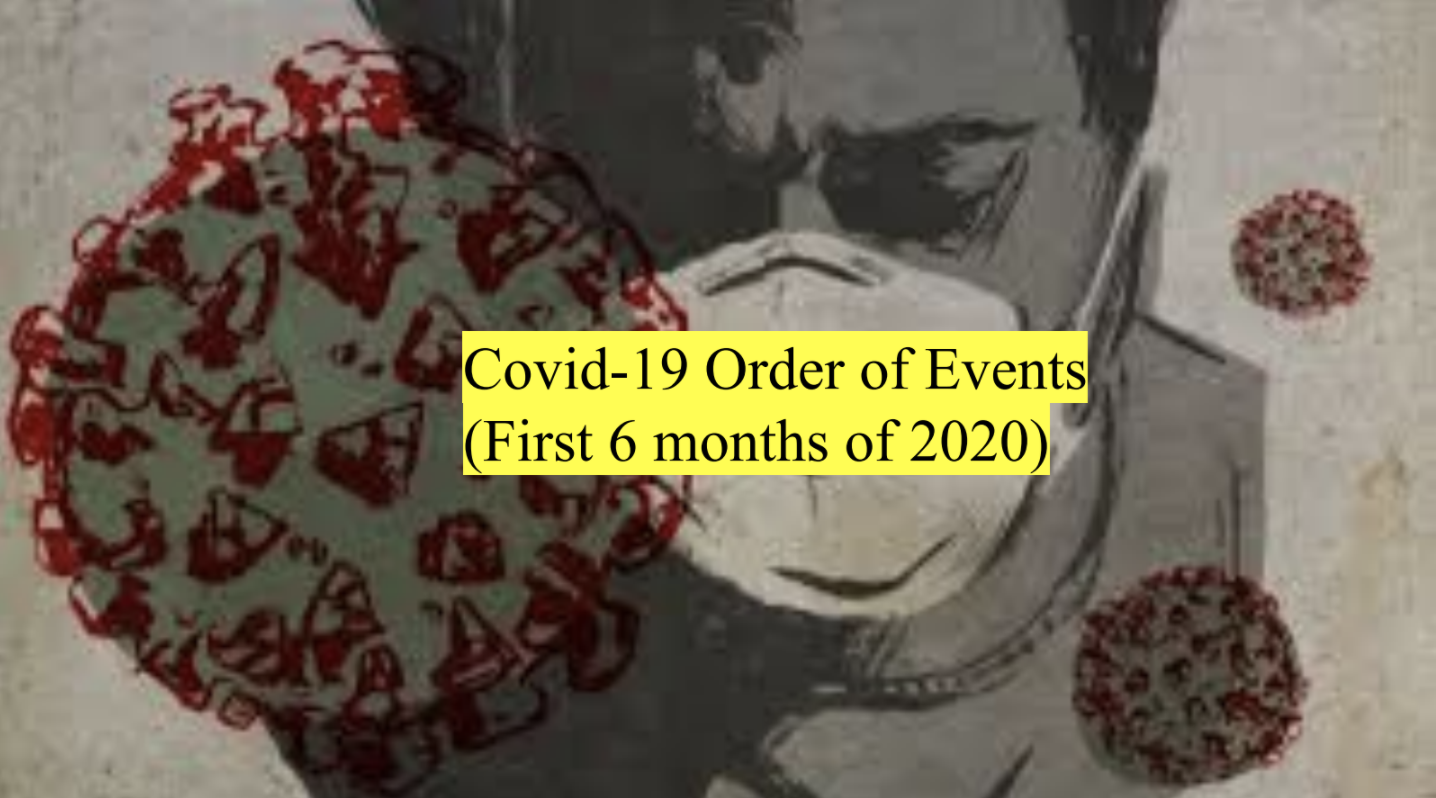This unit was created by Keisha Davenport, an ELA teacher at Glenville High School in Cleveland, OH as part of the fall 2020 Pulitzer Center Teacher Fellowship program on Media, Misinformation, and the Pandemic. It is designed for facilitation across approximately three–five class periods.
For more units created by Pulitzer Center Teacher Fellows in this cohort, click here.
Objectives and Essential Questions:
Lesson One Objectives and Essential Questions:
Students will be able to...
- Evaluate how ‘news value’ motivates the media.
- Categorize how propaganda is a necessary element of the media.
- Assess what may or may not be fake news.
Essential Question(s): What news stories have value? What news sources are accessible? What news stories are under-reported, and how do we find them?
Lesson Two:
Students will be able to...
- Complete guided notes on how to research (and include a persuasive appeal) on my community using community mapping resources (e.g., Cuyahoga County GIS, Google Maps, etc.)
- apply annotation and note-taking skills to analysis of information texts
Essential Question(s): How is COVID-19 being reported on in Cuyahoga County? What resources are available to me to research the pandemic response in my county?
Lesson Three:
Students will be able to...
- Analyze text development in informational text to determine central idea/theme/thesis, including main and supporting points as textual evidence.
- Write 250-word abstract summaries of news article to present to the class.
Essential Question(s): What examples of reporting on COVID-19 resonate as truth? What makes news on the pandemic trustworthy? How do journalists reinforce the credibility (ethos) of their reporting?
Lesson Four:
Students will be able to...
- Identify a project theme and structure from the Choice Board to create their final reporting project on community mapping in Cuyahoga County.
- Integrate and evaluate multiple sources of information presented in diverse formats and media (e.g., visually, quantitatively, orally) in order to make informed decisions and solve problems, evaluating the credibility and accuracy of each source and noting any discrepancies among the data.
Unit Overview:
In this unit, students review a mix of journalism and media exploring the impacts of the COVID-19 pandemic in order to explore big ideas, essential questions, and their personal connections to the pandemic. In their final projects, students research the impacts of COVID-19 in their own communities and present their findings through a community mapping project. Through research and mapping, students explore their responses to the pandemic and resources that are available to them in their neighborhoods or community. They also evaluate the gaps in these responses and resources.
Resources for Facilitating this Unit:
Click here for a PDF outlining lesson plans for this unit, including warm-ups, resources, discussion questions, activities, and evidence of student work.
Performance Task:
Students compose community maps that evaluate the impacts of COVID-19 on their communities, document responses to the pandemic, and analyze how easily community members are able to access to resources. Students use a choice board to decide on the structure for their projects.
Assessment/Evaluation:
Several formative assessments are documented throughout the unit plan above. This rubric can be used and modified to assess students' final mapping projects.
Standards:
SL.11-12.2 Integrate multiple sources of information presented in diverse formats and media (e.g., visually, quantitatively, orally) in order to make informed decisions and solve problems, evaluating the credibility and accuracy of each source and noting any discrepancies among the data.
SL.11-12.3 Evaluate a speaker’s perspective, reasoning, and use of evidence and rhetoric, assessing the stance, premises, links among ideas, word choice, points of emphasis, and tone used.
SL.11-12.4 Present information, findings, and supporting evidence, conveying a clear and distinct perspective, such that listeners can follow the line of reasoning, alternative or opposing perspectives are addressed, and the organization, development, substance, and style are appropriate to purpose, audience, and a range of formal and informal tasks.
SL.11-12.5 Make strategic use of digital media (e.g., textual, graphical, audio, visual, and interactive elements) in presentations to enhance understanding of findings, reasoning, and evidence and to add interest.
RI.11-12.1 Cite strong and thorough textual evidence to support analysis of what the text says explicitly as well as inferences drawn from the text, including determining where the text leaves matters uncertain.
RI.11-12.7 Integrate and evaluate multiple sources of information presented in different media or formats (e.g., visually, quantitatively) as well as in words in order to address a question or solve a problem.
W.11-12.10 Write routinely over extended time frames (time for research, reflection, and revision) and shorter time frames (a single sitting or a day or two) for a range of discipline - specific tasks, purposes, and audiences.
